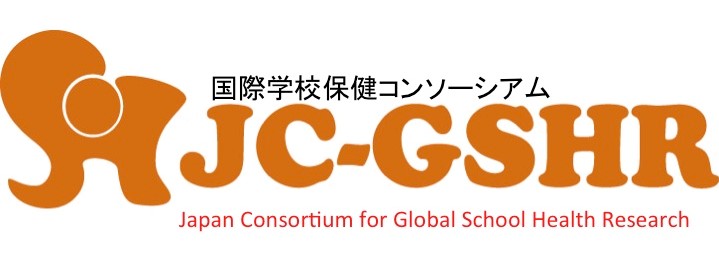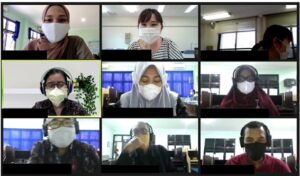Reverse innovation on school health
Reporting day: 2021/ 7/ 1/
Reporter: Kobayashi J
The outcome of the second research on reverse innovation published as the original article. Reverse innovation is a concept proposed by Govindarajan et al. in 2012 to return experiences and evidence from low- and middle-income countries to the world.
It all started when I met a tall junior high school student in Kenya. In 2013, I decided to return to the University of the Ryukyus, and was shocked to find that Okinawa, where the university is located, still has many high school students who drop out due to early pregnancy. I decided to tackle this issue with Ms. Hanae, who jumped into our laboratory, to show the Japanese about this difference. The development and implementation of policies to return children, who have actively dropped out, to school have already begun to promote from Kenya to neighboring countries. If a girl gets pregnant, should she have to change schools? In this school in Kenya, a girl who returned to school after pregnancy and childbirth did not have a negative impact but rather conveyed how important education is and what women's rights are. She had become a peer educator in CSE (Comprehensive Sex Education).
https://doi.org/10.1111/ped.14866

投稿者プロフィール
最新の投稿
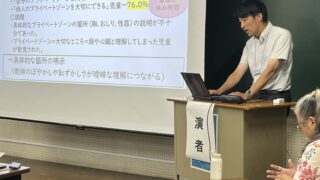 お知らせ2025-08-04Frontiers of Sexuality Education in Schools in Asia and Japan: Current Situation andChallenges in Dissemination of Comprehensive Sexuality Education and Safety Education for life
お知らせ2025-08-04Frontiers of Sexuality Education in Schools in Asia and Japan: Current Situation andChallenges in Dissemination of Comprehensive Sexuality Education and Safety Education for life- Member2025-07-22Kaede Tabira
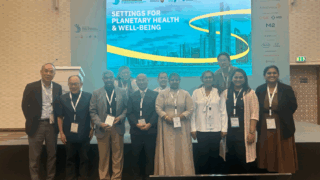 Activity Report2025-07-16A symposium at the IUHPE Conference
Activity Report2025-07-16A symposium at the IUHPE Conference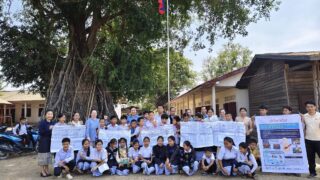 Activity Report2025-06-27Community and School-based Parasite Control Activities in LaoPDR
Activity Report2025-06-27Community and School-based Parasite Control Activities in LaoPDR
